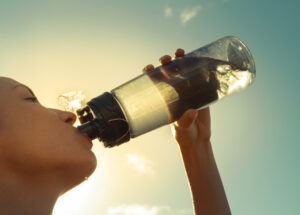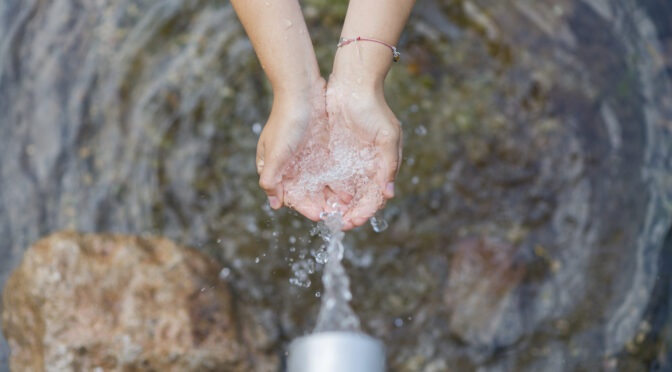We all know that water is essential to life on this planet, yet very few of us realize that only 3 percent is actually drinkable. Did you know that of that 3 percent, much of it is trapped in glaciers and ice caps? This is a deep-seated, growing problem as the demand for fresh drinking water is insecure and unsustainable.
There may soon be a way to make clean, fresh water more abundant and a team of engineers at Washington University may just have the answer in the form of a material known as biofoam.
Biofoam is made of two structural layers comprising of a sheet of graphene oxide and a bottom layer of nanocellulose which is interestingly produced by bacteria.
How it works is even more interesting. The sheet is placed on top of a layer of water. The bottom layer of cellulose has sponge like properties, drawing water up to the top layer of graphene. Graphene oxide possesses tremendous thermal conductivity, which works in unison with the sun, creating a concentration of solar energy which heats up the upper layer of the biofoam sheet.

The heat evaporates the water on the top layer of the sheet, while the bottom cellulose layer insulates the body of water from the heat, concentrating the heat to where it is required, instead of dissipating the entire body of water.
As this dirty water is evaporating, it leaves behind dirt and other matter, making it clean and drinkable.
Additionally, it may assist with desalination, which may soon make ocean water drinkable, where scientists are adding other nanostructural components which allow the sheets to remove other types of contaminants which in return will increase the supply of fresh, safe water worldwide.
With thanks to The Rain Forest Site for this amazing piece.

